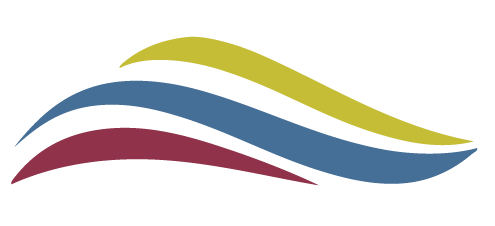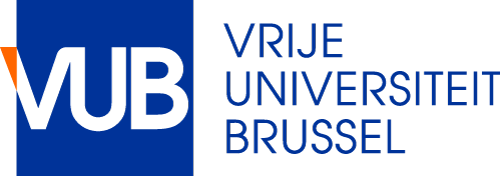Monsoon School
In the Monsoon School, Oceans & Lakes goes to a South partner country (VLIR-UOS partner country) for 2 weeks with its students. With the goal of translating academic theory and training into practice and real-life cases, students are divided into groups and are then assigned a tender to work on, related to a local topic. They write a report as a consultant for a specific stakeholder. The group of students is organized into smaller groups; each group is a mix of students of different backgrounds, interests and cultures, to prepare for future real-life professional situations.
Each group of students first makes a visit to the location of their topic, to get a sense of the situation. They then dive into the scientific literature and they consult experts on the topic (Oceans & Lakes alumni and other experts). After this, they interview different stakeholders. They then prepare a field visit for their fellow students to introduce their topic. At the end of the Monsoon School, each group presents a draft report on the tender. The group also completes a science communication assignment related to their topic, and also presents this at the end of the Monsoon School.
In the Monsoon School of 2024 for example, Oceans & Lakes went to Kenya, more specifically to Gazi Bay, Vanga and Shimoni. The tenders of the year involved topics such as the red listing of mangroves, mangrove and seagrass carbon sequestration, the ecological and economical sustainability of artisanal fisheries, nature-based solutions for coastal protection, and management of seaweed mariculture; all based on real-life situations in the aforementioned Kenyan coastal areas.
The Monsoon School is a project course funded by VLIR-UOS, and is a part of the ‘south’ component of Oceans & Lakes. It is a mandatory course for all VLIR-UOS scholars, and an optional course for all other students.
Monsoon School in Shimoni and Gazi Bay, Kenya, February 2024:

photo credit: N. Koedam



